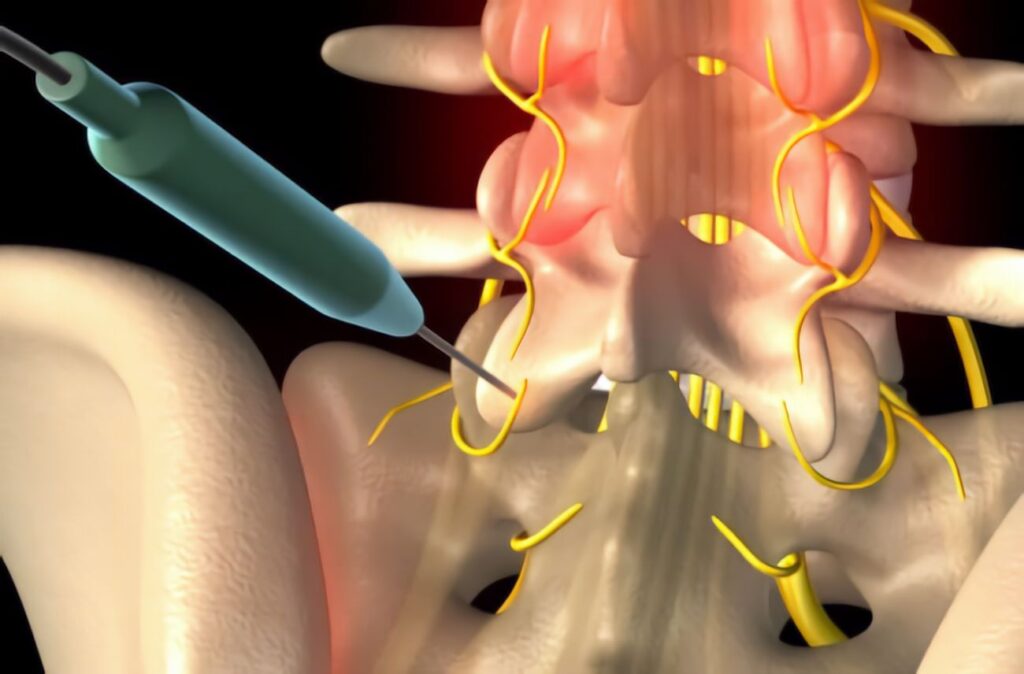Navigating Relief: The Ultimate Guide to Uventa Ureteral Metal Stents

When it comes to managing urinary tract issues, Uventa Ureteral Metal Stents have revolutionized the field of urology. These innovative medical devices play a crucial role in alleviating a variety of urinary obstructions, providing much-needed relief for patients suffering from conditions such as kidney stones, ureteral strictures, and urinary tract malignancies. In this comprehensive guide, we will explore the world of Uventa Ureteral Metal Stents, their benefits, placement procedures, and potential complications to help patients and healthcare professionals navigate their usage effectively.
Understanding Uventa Ureteral Metal Stents
Uventa Ureteral Metal Stents are specialized tubes made of medical-grade materials like stainless steel or nitinol. These stents are designed to be inserted into the ureter, which is the tube connecting the kidney to the bladder. Their primary purpose is to maintain the patency or openness of the ureter, ensuring the unobstructed flow of urine from the kidney to the bladder. They serve as a lifeline for patients dealing with urinary obstructions, allowing them to experience relief from the painful symptoms associated with these conditions.
Benefits of Uventa Ureteral Metal Stents
Effective Relief: One of the primary advantages of Uventa Ureteral Metal Stents is their effectiveness in relieving urinary obstruction. Whether caused by kidney stones, tumors, or ureteral strictures, these stents offer rapid and efficient relief by facilitating urine flow.
Minimally Invasive: The placement of these stents is minimally invasive, making it a less traumatic option compared to open surgery. This results in shorter recovery times and reduced risk of complications.
Customization: Uventa Ureteral Metal Stents come in various sizes, allowing healthcare professionals to select the most appropriate stent for each patient’s unique condition. This customization ensures a snug fit and optimal therapeutic outcomes.
Durability: The materials used in these stents are known for their durability, ensuring they remain in place for an extended period without degradation. This longevity reduces the need for frequent replacements.
Placement Procedures
The placement of Uventa Ureteral Metal Stents is a medical procedure typically performed by a urologist. Here is an overview of the common steps involved:
Diagnosis: The patient undergoes diagnostic tests, such as imaging studies or endoscopy, to identify the nature and location of the urinary obstruction.
Preparation: Before the procedure, the patient may receive anesthesia to minimize discomfort during the stent insertion.
Stent Insertion: Using specialized instruments and guidance from imaging, the urologist inserts the Uventa Ureteral Metal Stent through the urethra, into the bladder, and up into the ureter until it reaches the site of the obstruction. Once in place, the stent expands to provide support and restore urine flow.
Confirmation: After placement, a follow-up imaging study may be performed to confirm the correct positioning of the stent.
Recovery: Patients typically experience relief from their symptoms almost immediately. They may need to follow post-procedure instructions, which can include antibiotics and pain management as prescribed by their urologist.
Potential Complications
While Uventa Ureteral Metal Stents are highly effective and well-tolerated by most patients, there are potential complications to be aware of:
Discomfort and Pain: Mild discomfort and a sensation of needing to urinate more frequently are common side effects after stent placement. These symptoms usually subside within a few days.
Urinary Tract Infections (UTIs): The presence of a stent can increase the risk of UTIs. Patients should follow their urologist’s advice on maintaining proper hygiene and taking prescribed medications to prevent or manage UTIs.
Stent Migration: In rare cases, stents may shift or migrate from their original placement. If this occurs, a urologist may need to reposition or replace the stent.
Hematuria: Some patients may experience blood in their urine after stent placement. This is usually temporary but should be reported to a healthcare professional.
Stent Encrustation: In certain cases, mineral deposits may build up on the stent, potentially leading to discomfort or reduced stent function. Periodic follow-up with a urologist is crucial to monitor and address such issues.
In conclusion, Uventa Ureteral Metal Stents have become an essential tool in the field of urology, offering hope and relief to patients dealing with urinary obstructions. These innovative devices, with their customized sizing options and minimally invasive placement procedures, are making a significant impact on the quality of life for those affected by conditions like kidney stones, ureteral strictures, and urinary tract malignancies. While there are potential complications, the benefits of Uventa Ureteral Metal Stents far outweigh the risks, and they continue to play a vital role in the realm of urological care, helping patients navigate their path to relief and recovery. If you or a loved one are facing a urinary obstruction, consult with a urologist to explore the potential benefits of Uventa Ureteral Metal Stents and discuss the most suitable treatment options for your unique situation.
